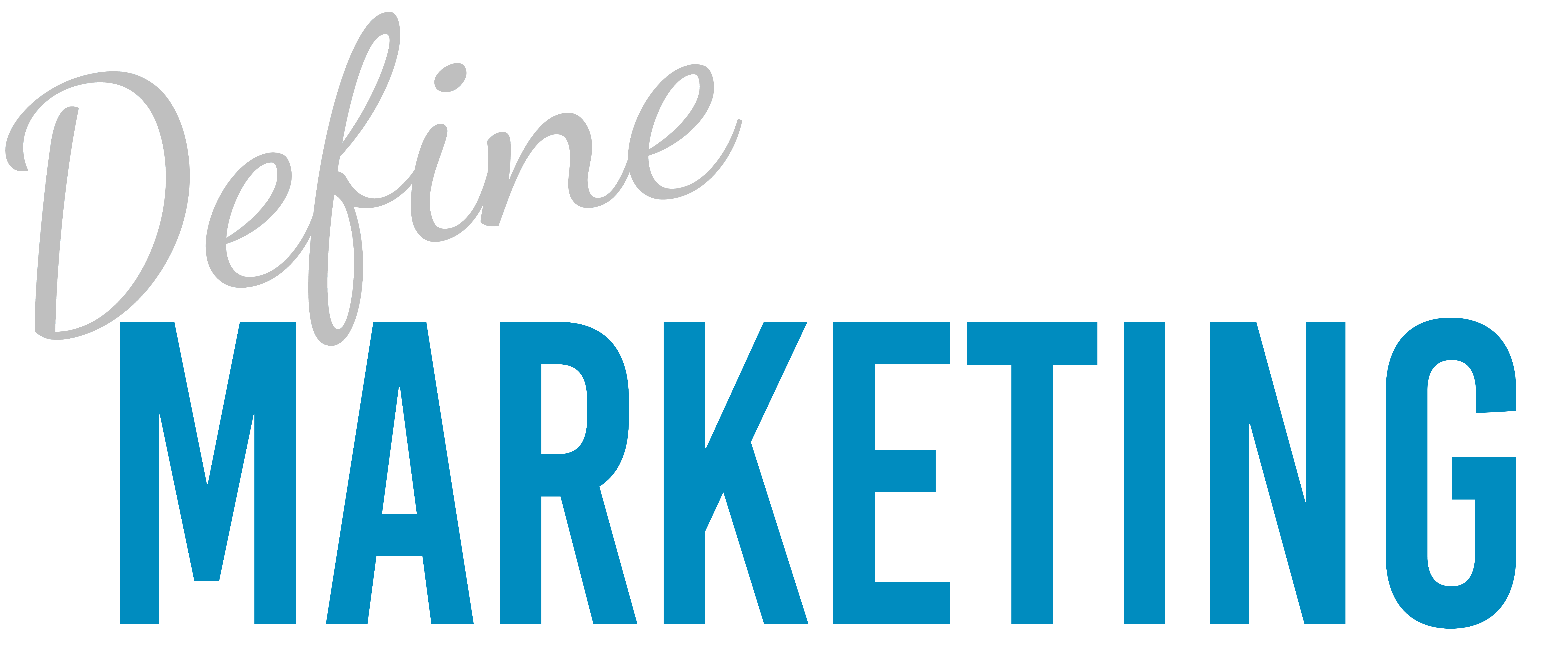As a small business owner, protecting your website is crucial. A breach can cause significant damage, from lost data to financial losses and reputational harm. With WordPress being one of the most widely used website platforms globally, it’s also a popular target for hackers. However, by following best practices, you can significantly reduce the risk of security threats.
In this blog post, we’ll outline five key ways to secure your WordPress website and protect it from hackers.
1. Install a Reliable Security Plugin
One of the easiest and most effective ways to secure your WordPress site is by installing a reputable security plugin. These plugins help to detect and block malicious activities, such as malware attacks, brute force attempts, and unauthorized login attempts.
Here are two of the most highly recommended WordPress security plugins for 2024:
- Wordfence Security: This plugin offers firewall protection, malware scanning, and real-time threat defense. It also provides monitoring tools that help you stay informed of any security threats.
- Sucuri Security: This comprehensive plugin offers malware scanning, file integrity monitoring, and post-hack security actions. Sucuri is a great choice if you’re looking for a robust security tool.
Many of these plugins also offer two-factor authentication (2FA), which adds an extra layer of protection to your login process, requiring both a password and a verification code sent to your mobile device.
2. Use Strong, Unique Passwords and Change Them Regularly
Weak passwords are one of the most common entry points for hackers. To safeguard your WordPress site, ensure you and your team use strong, unique passwords. Avoid simple passwords like “admin123” or “password.” Instead, create complex passwords with a mix of:
- Uppercase and lowercase letters
- Numbers
- Special characters (!, @, $, etc.)
Consider using a password manager like LastPass or Dashlane to store and generate secure passwords easily. In addition, change your passwords regularly and encourage all users with access to do the same.
3. Keep WordPress Core, Themes, and Plugins Updated
Outdated WordPress installations, themes, and plugins can introduce vulnerabilities that hackers can exploit. Regular updates ensure your site benefits from the latest security patches.
Here’s how to stay updated:
- Core WordPress Updates: Enable automatic updates for WordPress core or regularly check your dashboard for available updates.
- Plugin and Theme Updates: Always update your plugins and themes when prompted. Outdated plugins are common entry points for cyberattacks, so keep everything current to minimize risk.
Also, consider deleting any inactive plugins or themes that you no longer use. Even inactive plugins can still be exploited if they are not maintained properly.
4. Avoid Nulled Themes and Plugins
Nulled themes and plugins—those that have been pirated or cracked—may seem like a great way to save money, but they come with significant risks. These themes and plugins are often injected with malicious code, which can compromise your website’s security, infect your users, and damage your SEO rankings.
Instead, always download plugins and themes from reputable sources, such as the official WordPress theme and plugin repository or trusted premium marketplaces like ThemeForest or Elegant Themes. Investing in licensed, legitimate themes and plugins will save you from potential security headaches down the road.
5. Disable File Editing in the WordPress Dashboard
WordPress includes a built-in editor that allows you to modify theme and plugin files directly from the dashboard. However, this feature can be a security risk because hackers who gain access to your dashboard can use it to inject malicious code.
You can easily disable file editing by adding a small code snippet to your site’s wp-config.php file. Here’s how:
- Access your wp-config.php file via FTP or through your hosting control panel.
- Add the following line of code:phpCopy code
define('DISALLOW_FILE_EDIT', true);
This simple step prevents unauthorized users from making changes to your core files if they gain access to your admin dashboard.
Bonus Tip: Use Secure Hosting and SSL Encryption
An often-overlooked security aspect is the importance of choosing a secure web hosting provider. Your hosting provider should offer built-in security features such as:
- Firewalls
- DDoS protection
- Regular server monitoring
- Daily backups
Additionally, installing an SSL certificate is crucial. SSL encrypts the data transferred between your website and your visitors, protecting sensitive information such as personal details and payment data. Websites with SSL certificates also receive a boost in Google search rankings, which helps build trust with users. Most hosting providers offer free SSL certificates as part of their packages.
Conclusion
Securing your WordPress website should be a top priority, whether you’re a small business owner or running a large eCommerce store. Hackers are always looking for vulnerabilities to exploit, so taking these steps to secure your site will help prevent breaches and protect your business.
By following these five security tips—installing a security plugin, using strong passwords, keeping everything updated, avoiding nulled themes, and disabling file editing—you can greatly reduce the risk of attacks.
If you’re unsure how to implement these measures or need further help with securing your site, Define Marketing is here to assist. Our team of WordPress experts can help you set up and maintain a secure, high-performing website.


